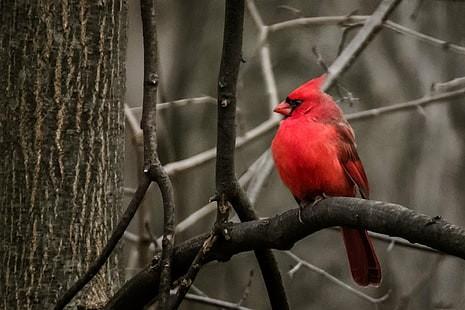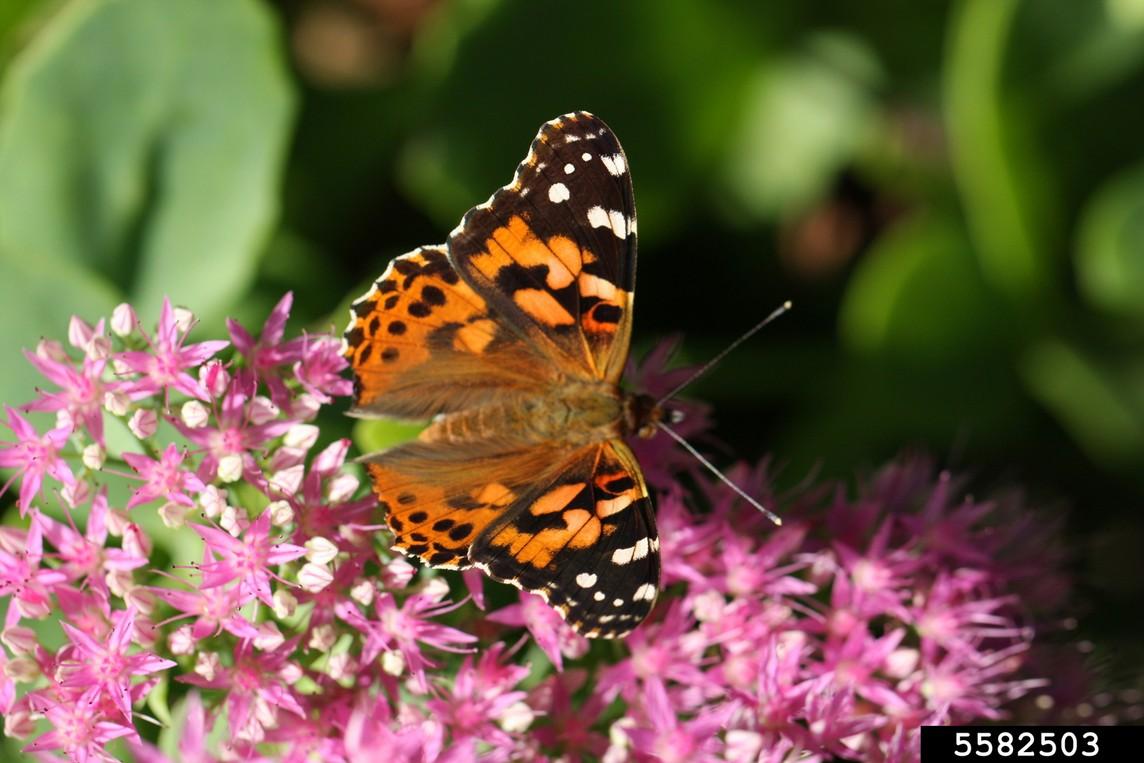
3 minute read
Fall Animals Around Campus (Spainhour
Fall Animals around Campus
By Julia Spainhour
Advertisement
If you’re wandering about campus late at Virginia Opossums night, you may come face-to-face with a Virginia Opossum. Though they’re not able to run, you’ll see them quickly walking away with their tail moving circularly for balance. Possums are the only marsupials living in North America, meaning they carry their young in a fur-lined pouch, similar to kangaroos. When they are afraid, they are known to show their teeth and hiss with their mouths open to appear more threatening. In other cases, they will ‘play dead’, and go into an involuntary catatonic state for up to several hours at a time. They lie down on their side, hang out their tongue, open their eyes, foam at the mouth, and release a bad odor.
The Northern Cardinal
If you see a Northern Cardinal this fall, you won’t be able to miss it. Their distinctive red feathers, black mask, and crest make them one of the most identifiable birds in North America. As opportunists, possums will eat anything that comes their way—and this includes a lot of pests that bring diseases to humans, like rats and ticks. And while it’s probably a good idea to keep a safe distance, possums typically have a high resistance to rabies. If you see them, they’re probably just passing through!
Fun fact: Male possums are called jacks, and female possums are called jills

This Photo by Unknown Author is licensed under CC BY-NC
The vibrant red feathers are only possessed by the male cardinals. They get the coloration from carotenoid pigments in red fruits they eat, and it’s used as a way to attract the olive-colored female mates. They court them by placing seeds into their mouths one at a time, and then the male brings materials to the female to make the nest and care for the young.
Many cardinal pairings are monogamous and stay together for life, traveling together and singing to communicate. Furthermore, male cardinals are very territorial, and have been known to fight their own reflection for hours at a time, thinking it is another cardinal trying to invade.
This Photo by Unknown Author is licensed under CC BY

Painted Lady Butterfly
Fun fact: While they are a chrysalis, their body turns to liquid in order to become the butterfly.
September and October are great times to see painted lady butterflies before they head down south to Mexico for the winter.
Their wings are able to carry them to speeds of up to 30 miles per hour, allowing them to reach their destination much quicker than other migrating butterflies. In fact, they’re the most widespread butterfly in the world, so they can be found on the continents of North America, South America, Africa, Asia, and Europe. As caterpillars, they build shelter for their chrysalis with silk, and hang upside down on a leaf while they wait for a week to become beautiful butterflies. They are relatively short-lived, however, and have a lifespan of 15-29 days. Pay close attention, and you may see them fluttering around campus.


Garter Snakes
Make sure to look where you’re walking, because you might stumble upon a plains garter snake. These snakes have a slender, dark gray body, with 3 yellow stripes running along it. They typically eat small prey, such as earthworms, toads, fishes, salamanders, small mammals, birds, and pretty much anything they are able to. They flick their tongues to sense prey in the area, then quickly ambush and subdue them, in order to eat them whole. If you see one, don’t be scared! Though they do use venom to subdue their prey, it carries no (or very little, in rare cases) effect on humans. If they do feel threatened, they will likely release a stench similar to that of a skunk, so approach with caution.






